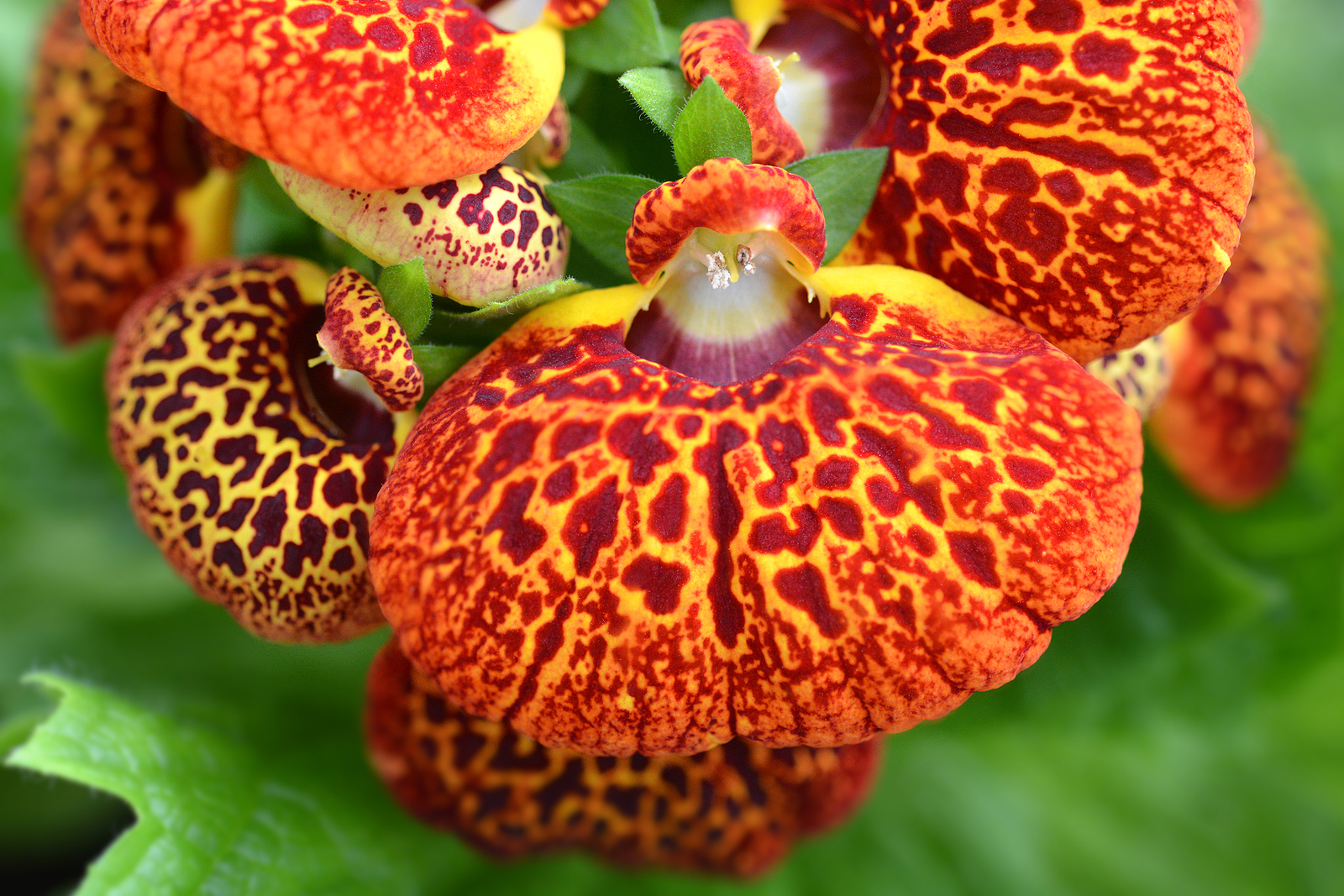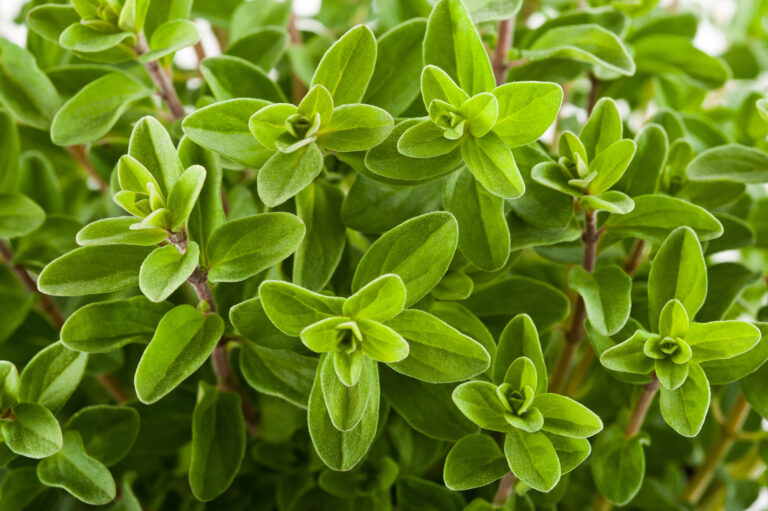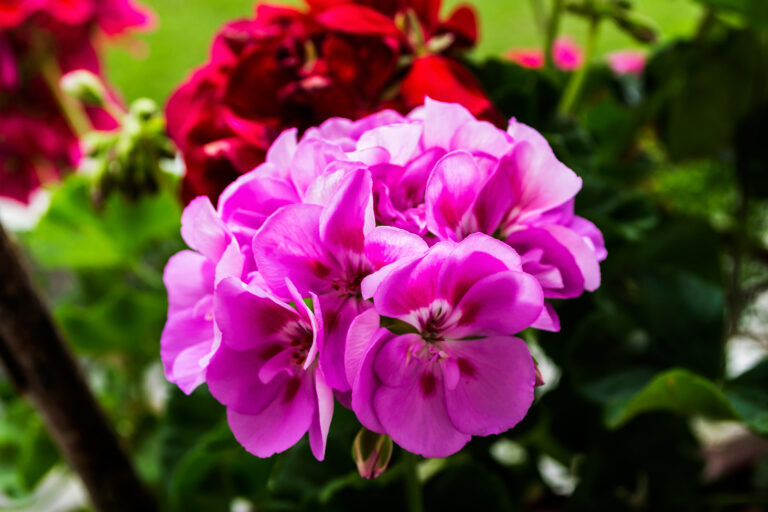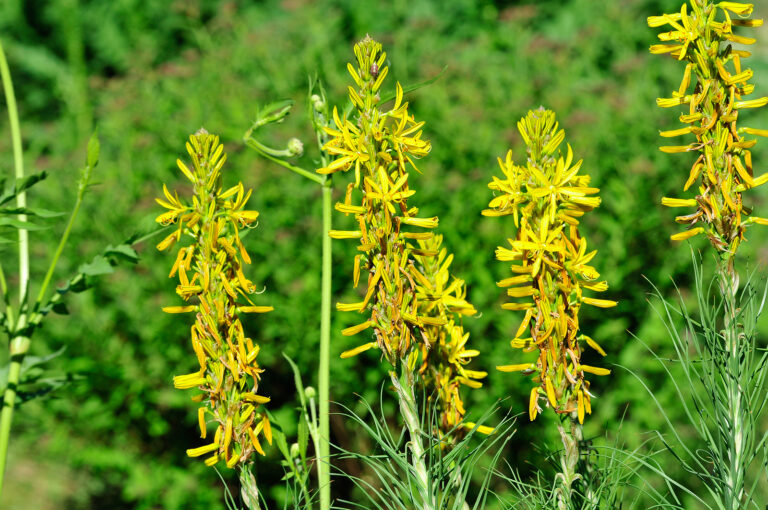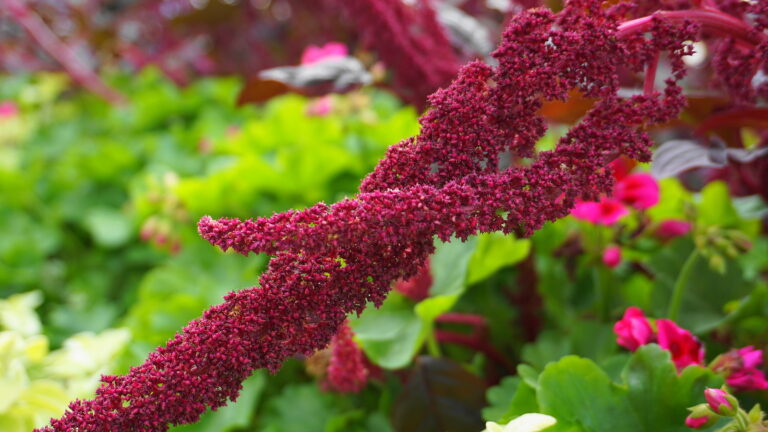How to Grow Pocketbook Plant — Calceolaria
Calceolaria bears vividly colored and unusual pouched flowers that are reminiscent of old-fashioned pocketbooks—thus the common name pocketbook plant.
Calceolaria is native to Central and South America and is commonly grown indoors as a houseplant except in warm-winter Zones 10 and 11 and warmer. The genus includes about 500 species of annuals and perennials that vary in hardiness.
Some Calceolaria is low-growing and well-suited for rock gardens. Others are taller and can be grown in summer beds and borders when they add bright colors and unusual bloom shapes.
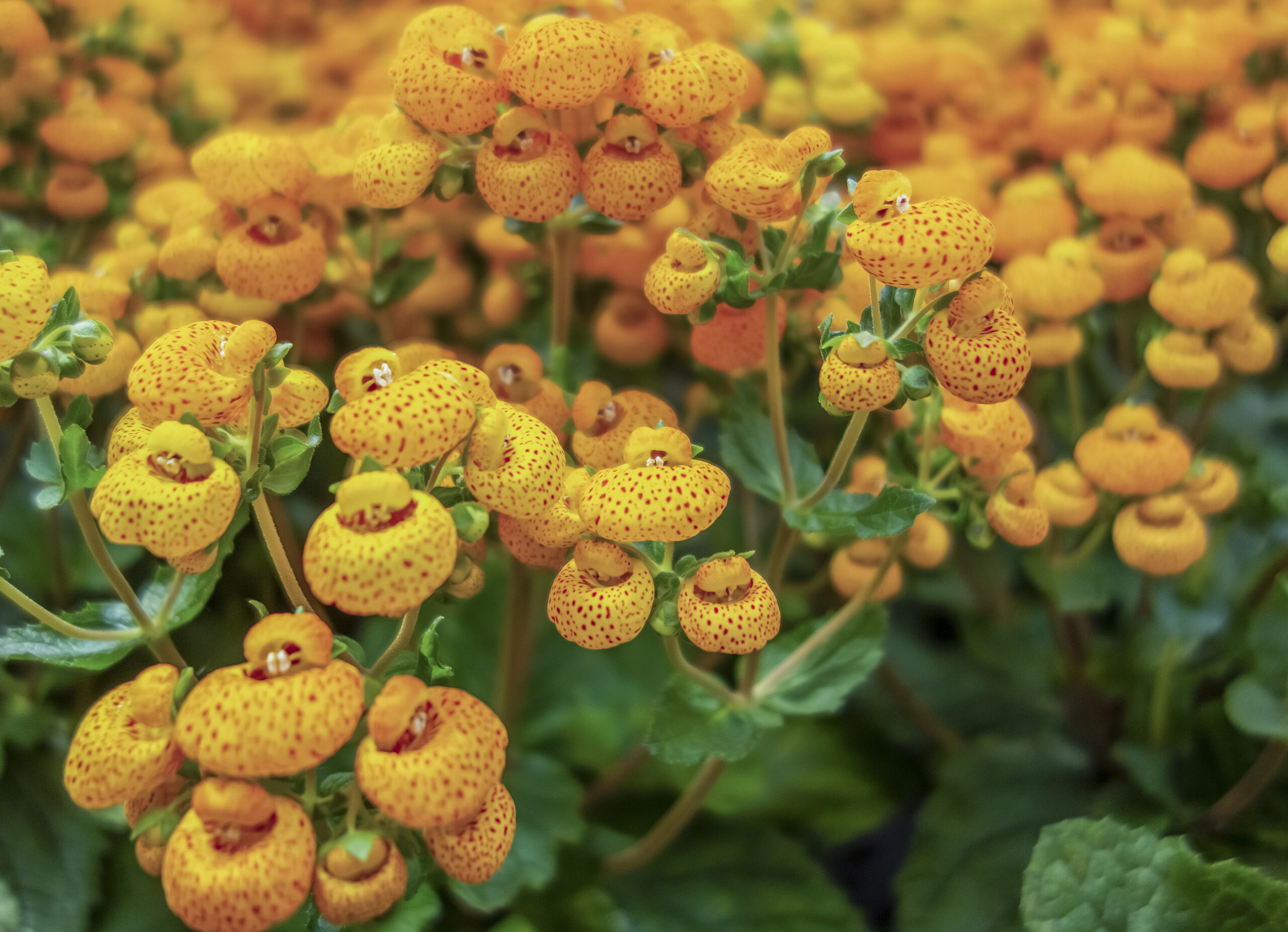
Get to know Calceolaria
- Plant type: Perennial
- Growing zones and range: Grow Calceolaria outdoors annually in all zones. Perennials can be grown outdoors in Zones 10 and 11.
- Hardiness: Protect Calceolaria from chilly temperatures.
- Optimal growing temperature: Night temperatures of 50° to 60°F (10°-16°C)
- Height and width: 3 to 36 inches (7.6-91cm) tall 8 to 20 (20-50cm) or more widely depending on the variety.
- Foliage: Dark green crinkly leaves
- Flowers: Loose clusters of small pouchlike or slipperlike flowers, usually yellow but sometimes red-bronze or spotted with red or orange-brown.
- Bloom time: Spring and summer
- Flower colors: Yellow, red, maroon, and pink — often with spots.
- Uses: Houseplant, edging plant, or massed as specimens in beds and borders.
- Common name: Calceolaria, pocketbook plant, slipperwort
- Botanical name: Calceolaria
- Family name: Calceolariaceae
- Origin: Mexico to Chile
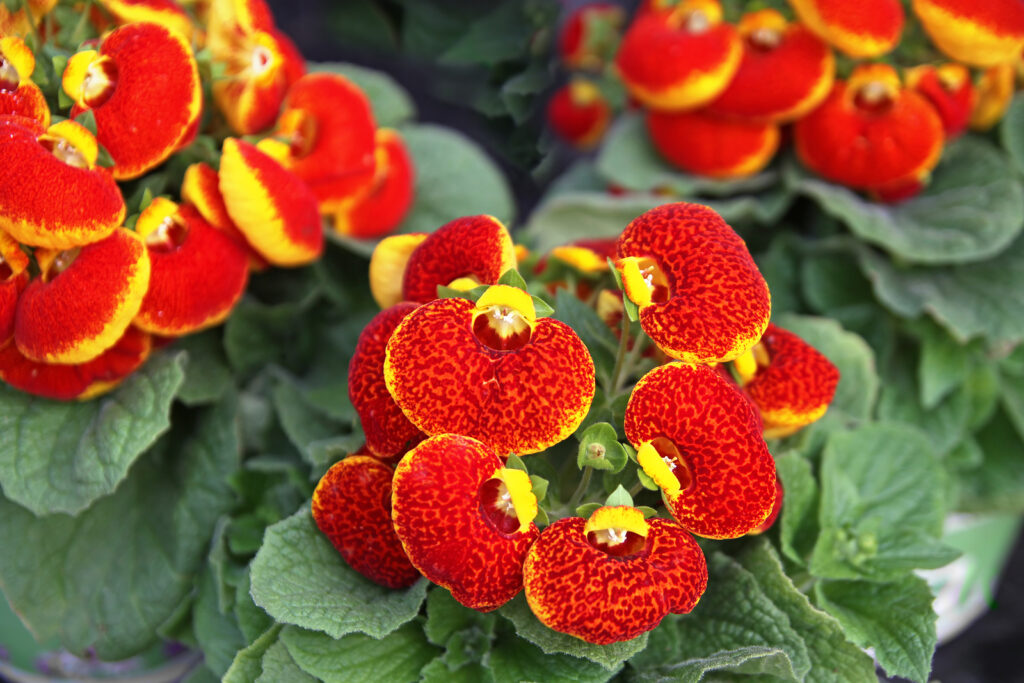
Where to plant Calceolaria
- Calceolaria likes bright light but does not like the hot sun.
- Sow the seed of hardy evergreen perennials in gritty, humus-rich soil; do not let the soil dry out.
- Plant Calceolaria in a sheltered location away from the wind.
- Calceolaria will suffer in the heat.
- Grow members of the C. Herbeohybrida Group indoors or in a heated greenhouse.
When to plant Calceolaria
- Set Calceolaria in the garden in spring after all danger of frost has passed; set them out in fall in mild-winter climates.
- Sow seeds of hardy evergreen perennials in a cold frame in autumn or early spring.
- Sow seed of C. Herbeohybrida Group in gentle heat in spring or late summer.
- Take semi-ripe cuttings of C. integrifolia in late spring or summer.
Planting and spacing Calceolaria
- Space Calceolaria 10 to 24 inches (25-61cm) apart depending on the variety.

How to water and feed Calceolaria
- Keep the soil evenly moist, never allowing the soil to dry out completely.
- Plants grown indoors should be misted twice daily, but not directly on the flowers.
- Fertilize Calceolaria weekly when not in bloom with a mild liquid fertilizer.
Calceolaria care
- Protect plants growing outdoors from wind and direct hot sun.
- Cut Calceolaria back after flowering and plants may bloom again.
Growing Calceolaria as a houseplant
- Calceolaria needs indirect light, a cool room, and average humidity.
- Grow Calceolaria in a rich potting medium, and allow the medium to dry out between waterings.
- When watering, do not allow after to touch the leaves or the leaves may rot.
- Fertilize Calceolaria once a month when the plants are growing, and stop fertilizing when the flower buds have set.
Calceolaria pests and diseases
- Aphids and slugs can be a problem.
- Gray mold infects old flowers and leaves, especially of the hardy evergreen perennials.
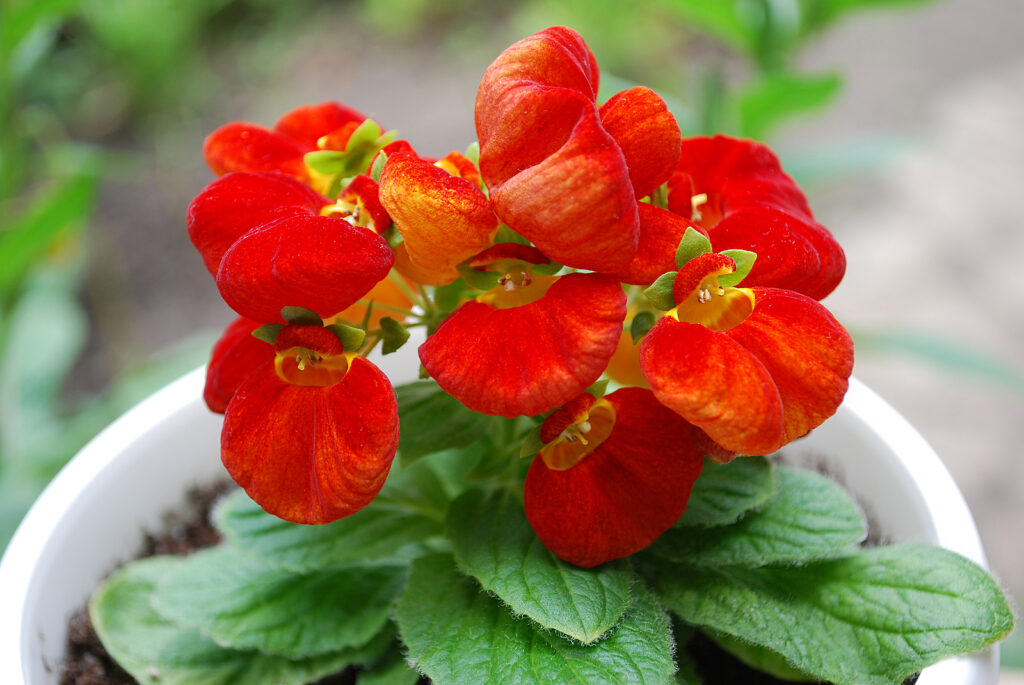
Calceolaria propagation
- When growing Calceolaria from seed, sow seed in late spring to early fall for blooming the following winter and spring. Be sure to maintain a night temperature below 50°F (10°C) or flower buds will not form.
- Sow seeds uncovered at 70°F (21°C); germination will occur in about 16 days.
- Sow the seed of hardy evergreen perennials in gritty, humus-rich soil; do not let the soil dry out.
- Sow seeds of hardy evergreen perennials in a cold frame in autumn or early spring.
- Sow seed of C. Herbeohybrida Group in gentle heat in spring or late summer.
- Seedlings are susceptible to damping-off; when transplanting them, do not plant them too deep or stem rot will occur.
- Take semi-ripe cuttings of C. integrifolia in late spring or summer.
Calceolaria varieties to grow
- Calceolaria crenatiflora, Herbeohybrida Group: Annuals and houseplants; these are florists’ calceolaria; masses of velvety, inch-long yellow or red flowers, often spotted and marbled’ grow to 30 inches (76cm) tall, but some strains are only half as high. ‘Anytime’ series is more heat tolerant.
- C. integrifolia: Woody-based plant grows to 36 inches (91cm) tall; clusters of yellow to red-brown, unspotted flowers; cultivars include ‘Golden Nugget’ with pure yellow flowers and ‘Kentish Hero’ with orange-red to brown flowers.
Calceolaria frequently asked questions
Q: How do I grow Calceolaria successfully indoors?
A: Calceolaria needs a cool room with average humidity and indirect light. Grow Calceolaria in a rich potting medium, and all the medium to dry out between waterings. (Do not wet the leaves.) Fertilize once a month when the plant is growing and stop fertilizing when the flower buds have set.
Q: What is the best temperature for growing Calceolaria?
A: Calceolaria grows best at 50° to 60°F.
Q: What light does Calceloaria like?
A: Grow Calceloaria in bright light away from direct sunlight.
Q: How do I water Calceolaria?
A: Keep the potting medium moist at all times. Stand the pot on a pebble tray or surround it with moist peat. Mist occasionally but do not wet the leaves.
Q: Can I grow Calceolaria from seed?
A: Growing Calceolaria from seed is not easy. Sow the fine seeds on the surface of level sand soil in a pot in summer. Place the pot in full shade and do not let the soil dry out. Transplant the tiny seedlings into a flat and keep them in a shaded place. Pot up the young plants in late fall and move them to a bright place with temperatures around 40° to 45°F at night. Temperatures above 50°F will likely mean failure.

